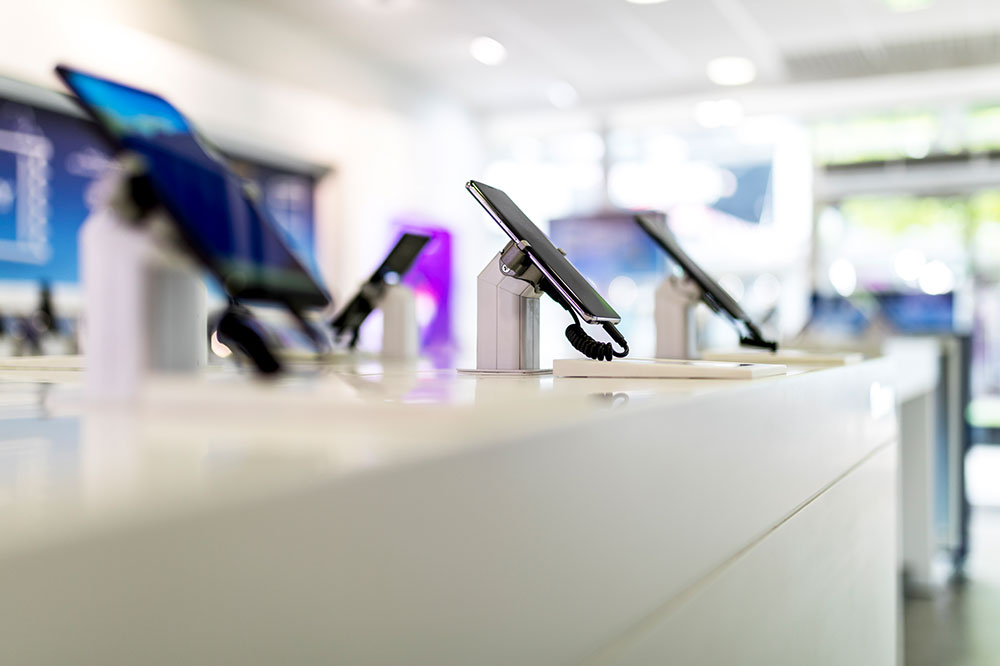The History and Influence of Mobile Phone Industry Development
This comprehensive article explores the history, technological milestones, and global impact of the mobile phone industry. Covering the evolution from 1G to the rise of 5G, it highlights the innovations driving mobile communication, the industry's rapid growth, and how smartphones have become essential in daily life. It also discusses the industry's future prospects and technological advancements shaping tomorrow’s connectivity landscape, emphasizing its significance in global economic and social development.

The History and Influence of Mobile Phone Industry Development
The mobile phone industry has undergone an extraordinary transformation over the past several decades, fundamentally changing how people communicate, access information, and interact with the world around them. From the earliest bulky, limited-capability devices to today's sleek, multifunctional smartphones, the evolution of mobile phones reflects rapid technological advancements and increasing global demand.
In recent years, mobile phones have become indispensable tools for personal and professional use. They support a broad spectrum of activities such as social networking, online shopping, mobile banking, entertainment, and work-related tasks, making them integral to daily life. As a result, the industry has become incredibly competitive and innovative, driven by continuous technological breakthroughs and consumer preferences for more powerful, user-friendly devices.
Since the landmark moment on April 3, 1973, when Motorola engineer Martin Cooper made the first-ever wireless call using a handheld device, mobile technology has experienced rapid growth and expansion. The initial device, known as the DynaTAC, was large, heavy, and had limited battery life, which posed significant challenges for everyday use. Prior to this breakthrough, attempts to develop mobile communication devices, such as Sweden’s Ericsson MTA, faced issues related to size and weight, preventing widespread adoption.
The growth of the mobile phone industry accelerated markedly after the 1990s. The advent of Global System for Mobile Communications (GSM) networks, along with advances in digital radio spectrum management, paved the way for more compact, reliable, and feature-rich devices. These technological advances culminated in the transition from simple voice communication to data-driven, multi-functional smartphones.
Mobile phones are often categorized into different generations, each marking a significant milestone in technological development. The first generation (1G) introduced analog voice systems using devices like the iconic DynaTAC 8000X, which though revolutionary at the time, was bulky and limited in functionality. The 2G era brought digital technology and the introduction of prepaid plans, with the IBM Simon debuting as the first smartphone in 1993, featuring basic PDA functions alongside calling capabilities. The third generation (3G) enabled internet access on mobile devices, transforming them into portable internet-enabled tools and facilitating the rise of multimedia applications. The 4G era, characterized by LTE and WiMAX technologies, offered dramatically faster internet speeds, supporting streaming services, video calls, and mobile gaming, setting new standards for mobile communications and user experience.
As technology continues to evolve, the mobile industry remains at the forefront of innovation, with ongoing developments in 5G technology promising even faster speeds, lower latency, and a host of new applications such as Internet of Things (IoT), smart cities, and autonomous vehicles. The industry’s progression reflects not only technological achievement but also its profound impact on global connectivity and economic development. Today, smartphones are vital tools that influence nearly every aspect of human life, from personal health management to global commerce, affirming the mobile industry’s crucial role in shaping the modern world.





